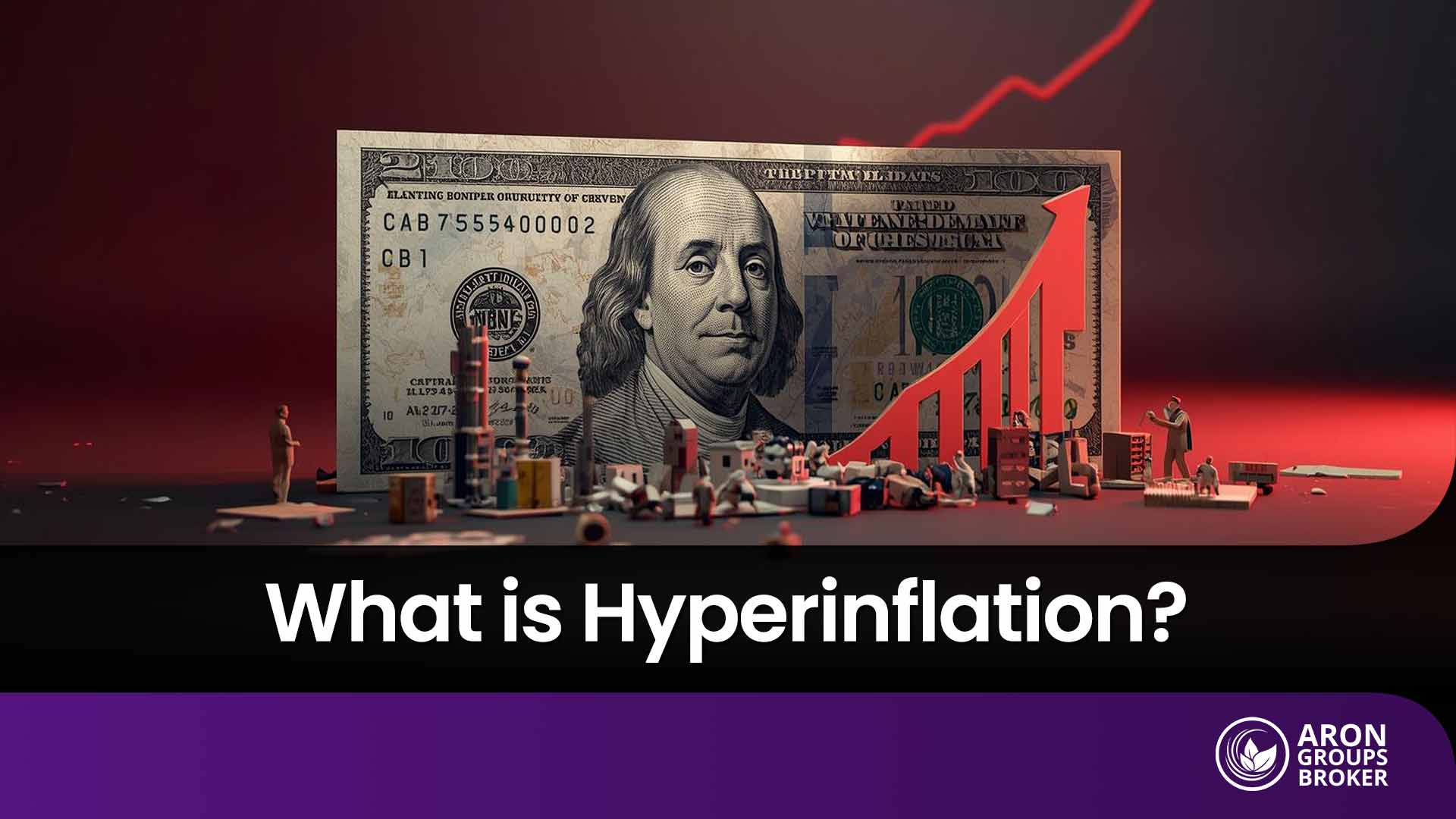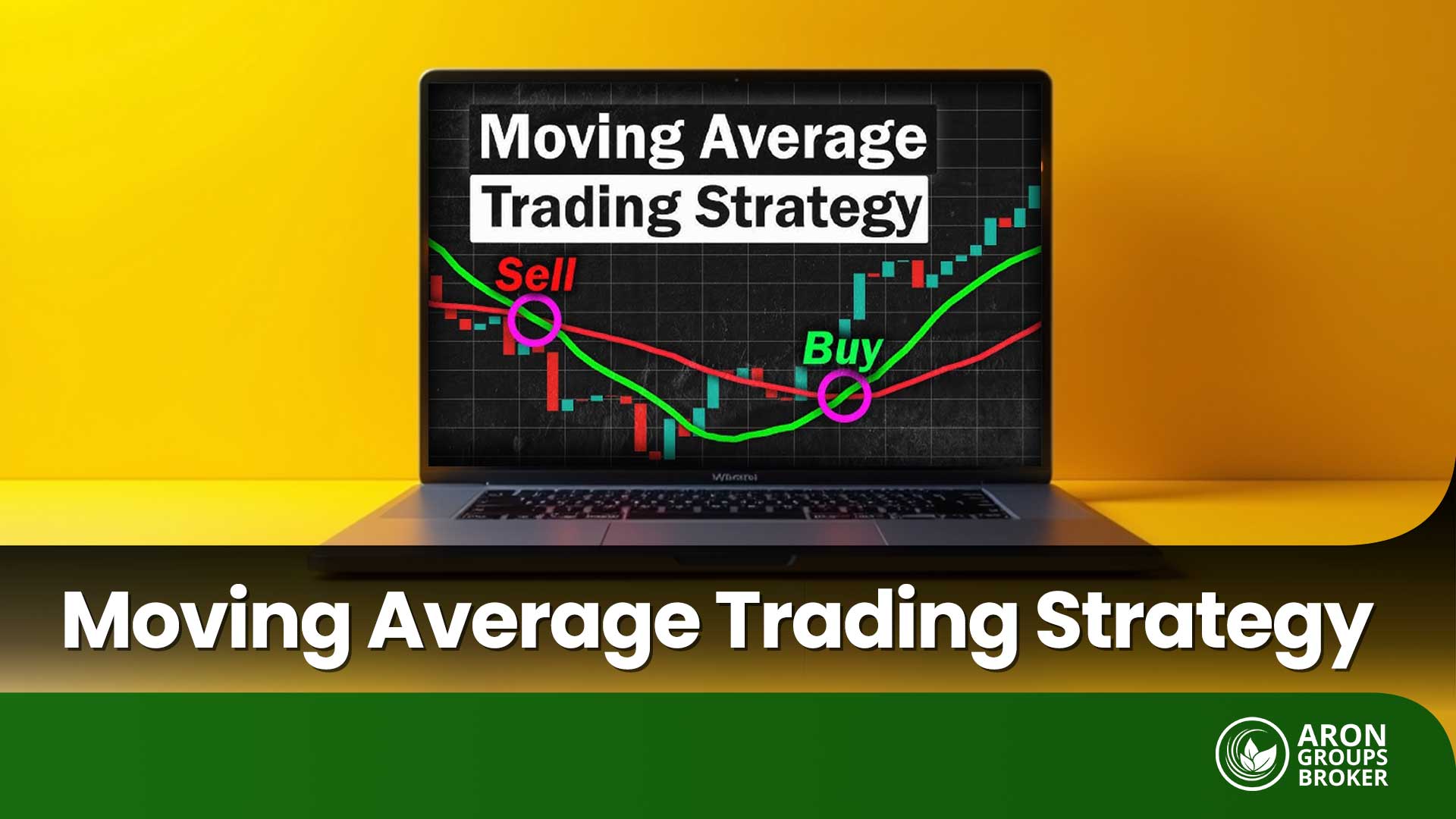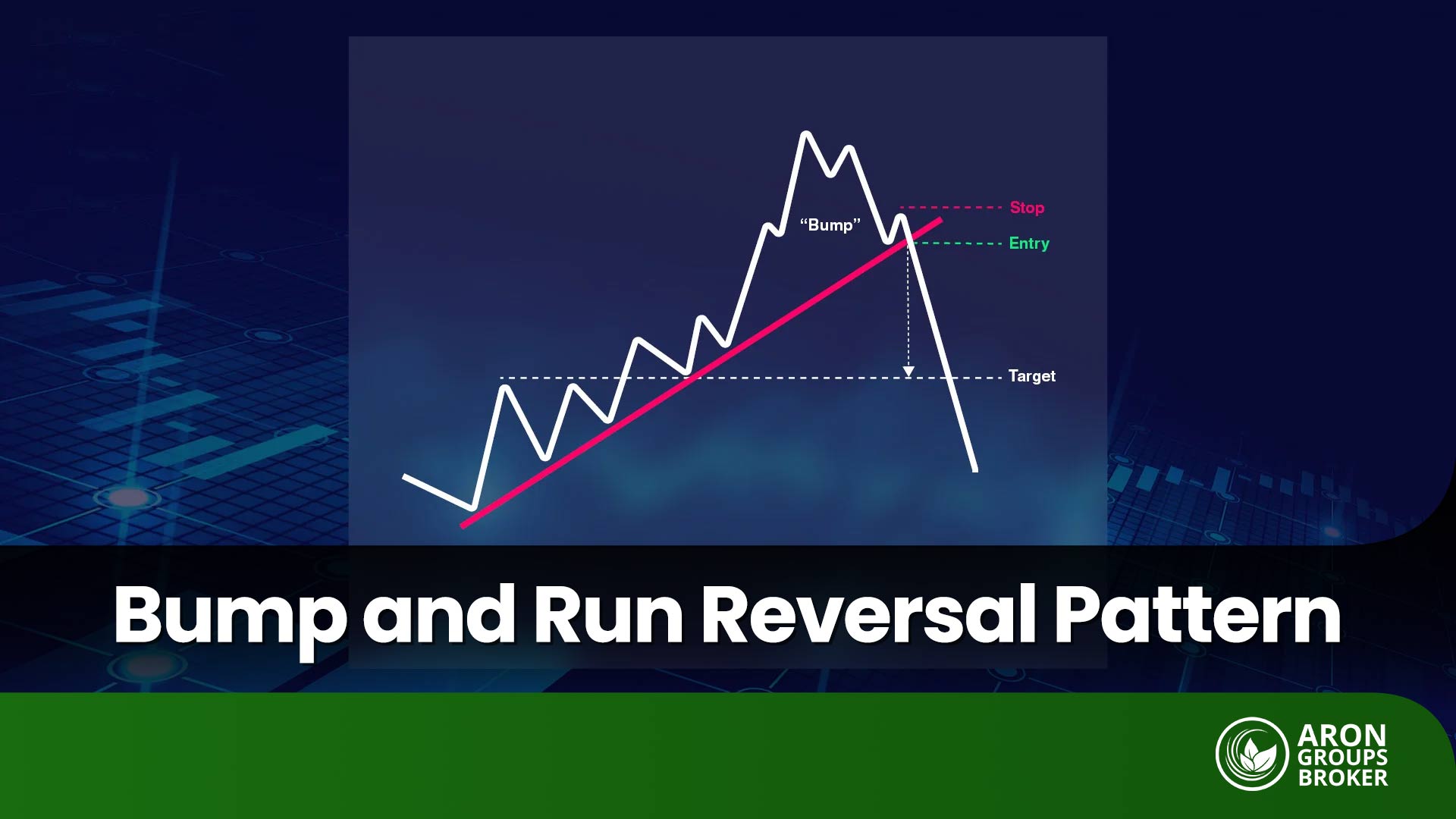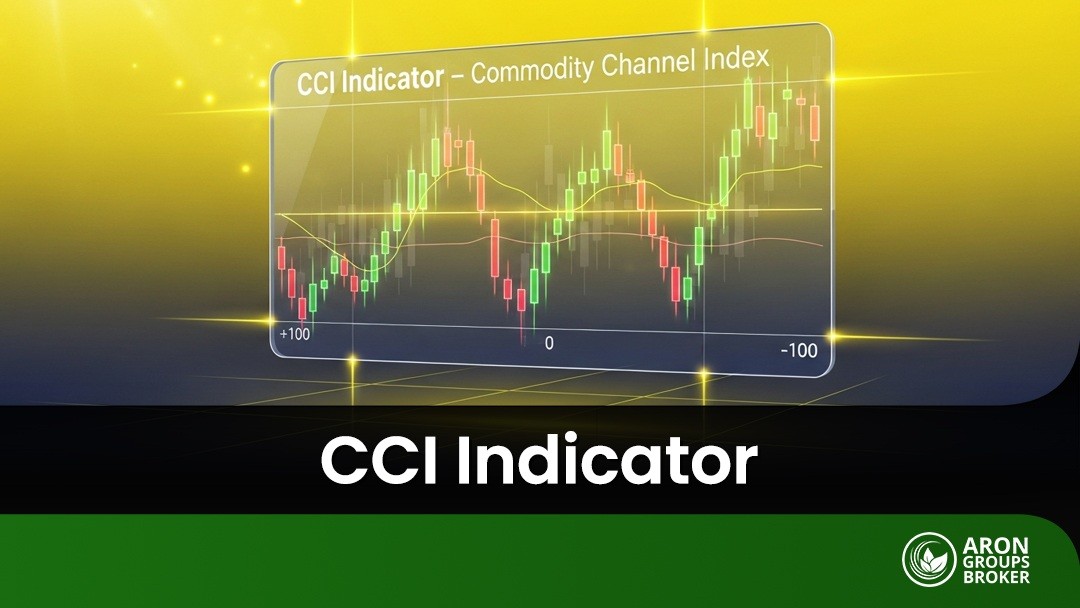Market sentiments play a huge role in determining market prices; as a trader, you should understand your complex emotions about your performance and the market in order to be a consistently profitable trader unit to understand the powerful forces in the market that can change the market course. FOMO, or fear of missing out, is one of the most powerful emotions in the market. When trading in a volatile market of forex, it is possible to lose great opportunities to make money; when traders point out that everyone else seems to be celebrating world profits, they are missing out on a great opportunity. Many of them forget about their strategy and will soon pay for the lack of discipline. The market doesn’t care about your compelling, bearish ideas; the only thing left is strength, and the pain of being left behind is greater than you might imagine.
The feeling of FOMO is very common in the current market environment because many traders experience underperformance. Because people have lost the appetite to learn about the strategies and the market, they tend to use information from a small group of big-cap technology names. In many cases, traders forget about creating a diversified portfolio. Here, we will talk about the FOMO in detail and provide solutions to the feeling of missing out.
Table of Contents
What is FOMO in the financial market?
FOMO stands for “fear of missing out”. When the fear arises, and the trader feels he misses out on a perfect opportunity or chance, he might take specific actions. For example, he might try to invest in a particular bond or asset out of fear of missing out on a good investment opportunity. In these scenarios, traders try to invest in ways they’re not supposed to compensate for the losses. FOMO leads to regret and force traders to act out of fear.
How to deal with FOMO?
As losses are an innovation or part of trading, the fear of missing out is common. Here, we will provide some tips to help you manage a fear of missing out while trading.
Do research
The first thing you need to do before trading in forex is to do research; no matter what type of asset you are trying to trade, you should carry out your research. Try to research several assets in the same industry for a competitive analysis and make an informed investment decision.
Invest in multiple assets.
Multi-asset investing is a perfect strategy that leads to a diversified portfolio, so investing in two or more different types of assets is recommended. By trading with Aron Groups, you can invest in currency, commodity, stock, and cryptocurrency and create a diversified portfolio that helps you manage the fear of missing out.
Get financial advisor
As a beginner, you might find consulting with a financial advisor unnecessary. But if you take trading as a business, you know it’s not a one-time job, and you should use every piece of information you can learn.
Suppose a financial advisor will help you create a diversified portfolio and introduce you to the proper risk adjustment. Consulting with a financial advisor helps you to reduce the fear of losing out on gains.
For a tool that helps measure these market emotions, read our article on the Fear and Greed Index.

Track trade
As a trader who makes FOMO trades, you should keep a record of all your trades in a document to compare the results of every trading decision you make out of fear. Keeping a trading journal is useful for every trader and helps you review your past performance to see how you would act in different situations.
Accept your feelings
First thing first, you are afraid, and you have to accept it. The market has surprised you, and you are always struggling; the first step to avoiding making more mistakes is acknowledging your feelings. FOMO is just impatience when you want to make money now, and you cannot wait any longer. But first, you should understand your complex emotions and consider why you feel that way. Remember that losses are inevitable in the forex market; the most important thing is learning from your mistakes. Because the market will surprise you again, you should be able to manage FOMO. To manage FOMO, you need to know yourself better.
Disciplined buying
One of the biggest mistakes people make when dealing with FOMO is to buy aggressively. FOMO traders are afraid of watching prices go higher without them, so that they might buy aggressively out of fear. Investing in more positions and making some money is not a bad idea, but never rush into the market too big and fast. Moving incrementally over time will help you maintain control and follow your strategy.
Stay selective
No matter what type of feeling arises in the market, you should always stick to your strategy and never forget about discipline. If you want to find another entry point, you should take your time and develop a strategy for entry.
Keep the right mindset.
One of the most important things in forex trading is to know that as long as you have capital, there will be new opportunities to make money. It’s just a matter of patience and research.
Every trader experience periods when they underperform the market; professional traders know underperformance is just the nature of trading and investing.
You should keep working, and your effort will eventually pay off. The current market might be difficult, but you should be patient and continue to slog away; you will make money eventually. Just stay confident in the process and remember that the one great certainty about the forex market is that conditions will change.

FOMO trader
Every trader might experience the fear of missing out, which influences their decision-making on any level. Try those who might jump into trades too early without conducting research, or they might even be chasing trades that have gone. If you are thinking about the characteristics of FOMO traders, read the following:
Greed
FOMO traders want it all and want it now. So, the first clue you might be looking for is whether you feel that way when you trade; if that’s the case, the feeling of missing out is probably also a problem for you.
Herd mentality
if you often like to follow others without understanding why they are trading that way. You might also suffer from the FOMO. The disastrous outcomes would be inevitable when you follow the crowd without thinking it through.
Impatience
FOMO traders are often impatient and cannot wait for the perfect setup. They fear watching prices rise and just want to get into a new trade.
High expectations
if you have very high expectations and want to double your account in months, you end up trading irrationally.
Lack of confidence
some traders lose their confidence after a few losing trades; they tend to enter random positions to make some profit, but they end up with more losses.
Indecision
making good decisions is vital for trading, and if you find yourself constantly making bad decisions about when to enter a trade, the position size, and where to place the stop loss, you’re prone to FOMO.
No trading strategy
if you trade without a trading strategy, you think that when the price moves in one direction, it will continue in that direction forever.
What can trigger FOMO?
As you know, FOMO is a feeling that some time factors can trigger. Some of these factors are as follows:
- Increased Market volatility
- News
- Trading on tips without any further analysis
- A long winning streak
- A losing streak
In the end
FOMO can result in Greater losses as Traders want to compensate for their underperformance. You should always remember that the market is filled with opportunities, but a loss is always awaiting. You should be disciplined and use your fear of missing out anxiety to find good opportunities. You should never give in to emotional decisions.
If you’re new to the market, using a demo account and testing your trading ideas before trading real money is recommended. In this case, you will experience market sentiments and market forces. Patients play a huge role when trading in forex or any other financial market. Those who act out of fear will pay for their lack of discipline. To be a consistently profitable trader, you should learn to speak to your trading plan and stay positive whenever you lose someone else’s making a profit and vice versa. So, a clever trader tries to learn from his mistake to minimize losses and make more money trading in forex. Never underestimate the power of making a diversified portfolio and try to invest in different asset classes. With Aron Groups, you can invest in currency, cryptocurrency, stock, and commodities like gold and crude oil market and create a diversified portfolio.































